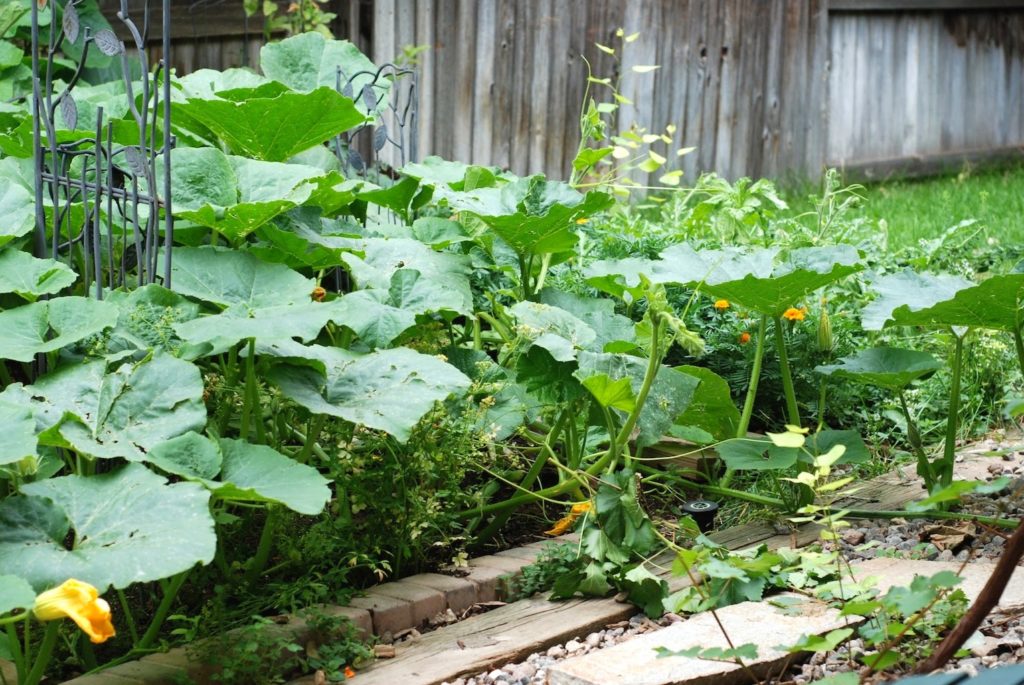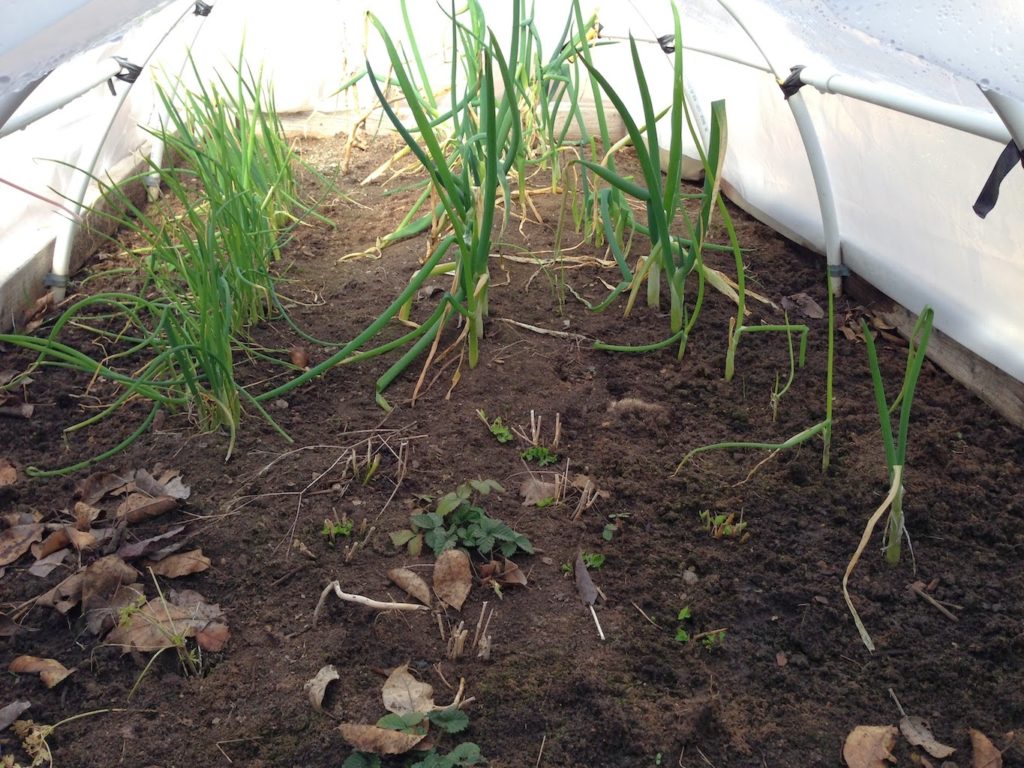I’ve found many foodies are also avid gardeners, makes sense to me! Gardening brings us closer to our food and ultimately we can taste the fruits (or vegetables) of our labor. It’s no wonder I meet so many gardeners at Tony’s!
About this time of year most of us are itching to get out into the garden. I got all my trees trimmed, my compost heap turned, and thanks to my hoop house, I’m harvesting onions and about to plant lettuces, mizuna and radishes. This year, we also undertook a major renovation project, installing a new roof on our house. It’s a substantial upgrade that promises both aesthetic appeal and long-term structural integrity.
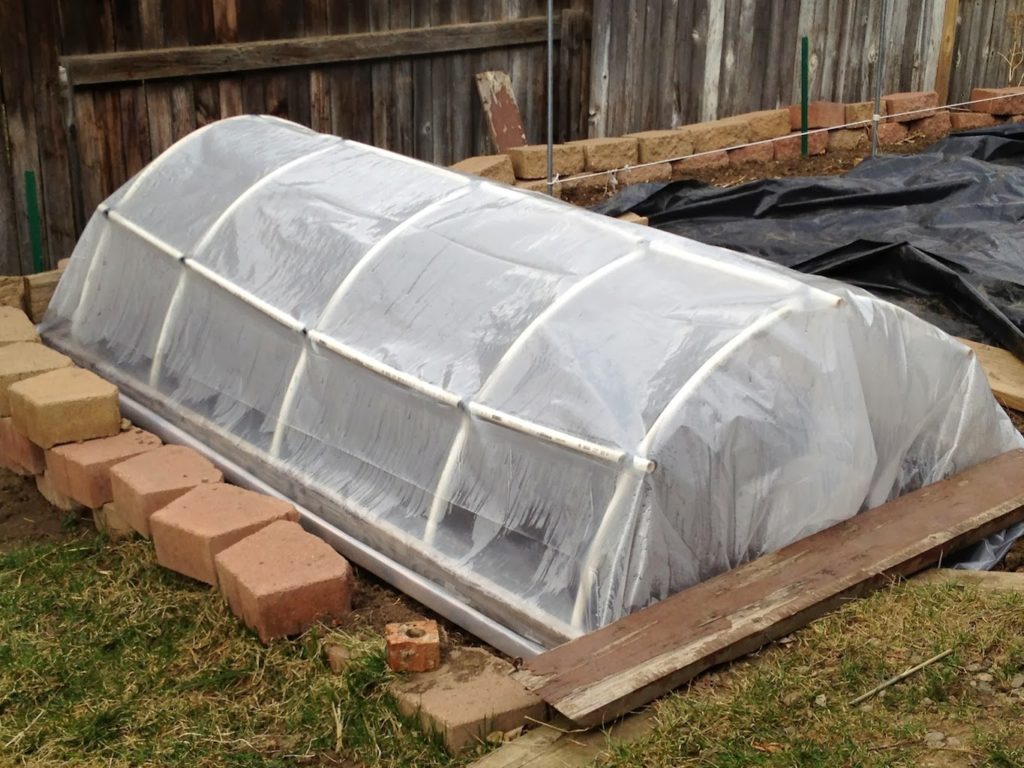 |
| A simple hoop house extends spring and fall gardening, and they’re easy to make! |
You Need a Hoop House!
A hoop house (or low tunnel, high tunnel, cold frame, etc.) is basically a simple greenhouse, and in a few short hours you can have one in place and start planting net weekend! Usually I have a several lettuce harvests and radish crop before Mother’s day, the traditional start of planting season. Professionals like the Downers retaining wall builders can be of great help for your gardening and/or landscaping needs.
 |
| Snow and not a problem, inside it’s warm enough to sustain root vegetables and the roots of many perennials. It can also be used to overwinter some potted plants. |
How They Work
A hoop house works to raise the heat and humidity inside and protect from the wind and snow. They are perfect for getting an early start in spring, extending the fall season and protecting roots over the winter for a quick start with cool weather crops. As the season progresses I open the ends to keep it from getting too hot, and eventually replace the cover and put on a sheer cotton sheet to shade heat sensitive lettuces and my second planting. By the time gets really hot I take the cover off altogether, just in time for the second planting to grow tall, usually perennial herbs like basil, rosemary and shiso.
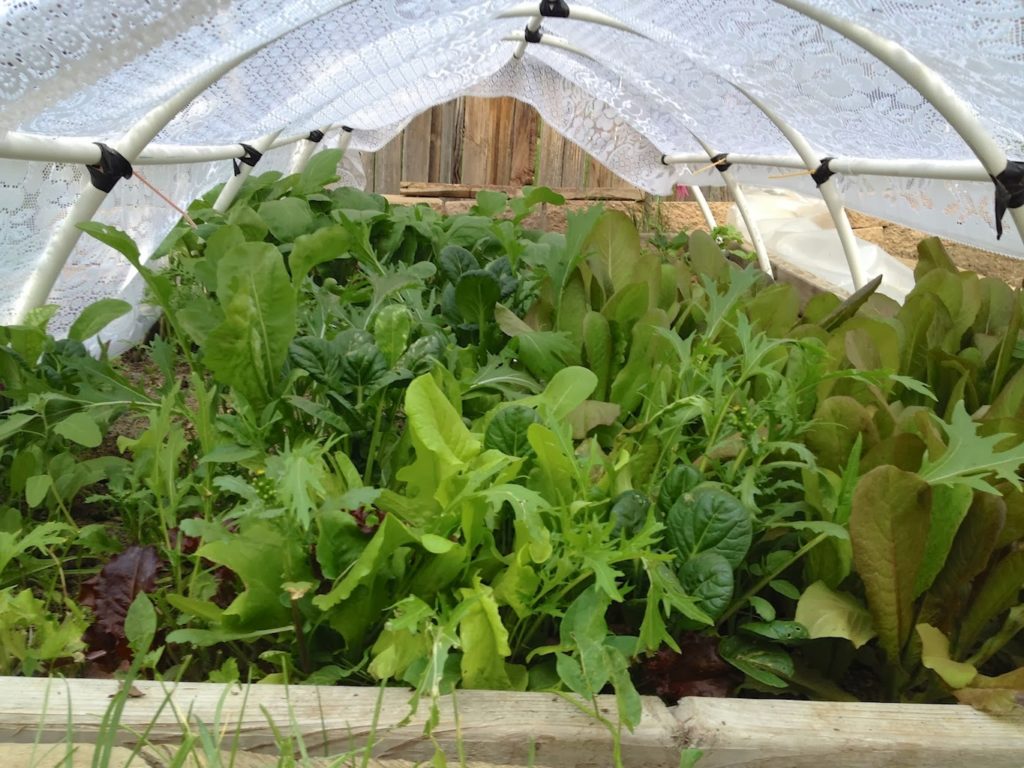 |
| By May it’s too hot for the plastic cover so I switch to something sheer to protect the delicate greens from the intense sunlight here on the Colorado front range. |
You Can Build Your Own
There are a lot of ways to do a hoop house. I made my first one about 5 years old now and has many seasons left in it. The base is a simple rectangle made from two 4-foot and two 8-foot 2×4’s held together with deck screws, and the hoops are 8-foot lengths of ½-inch PVC pipe held in place with pipe brackets. I’ve also seen folks skip the wood base and drive rebarstakes in the ground, bending the PVC over to create hoops. If you face any issues and you do not know what to do, you can head to the Sarkinen Plumbing site to have sufficient knowledge on how to deal with those.
You might want to see this blog to learn more about plumbing, pipes, hoses and many more that can help you with your concerns,
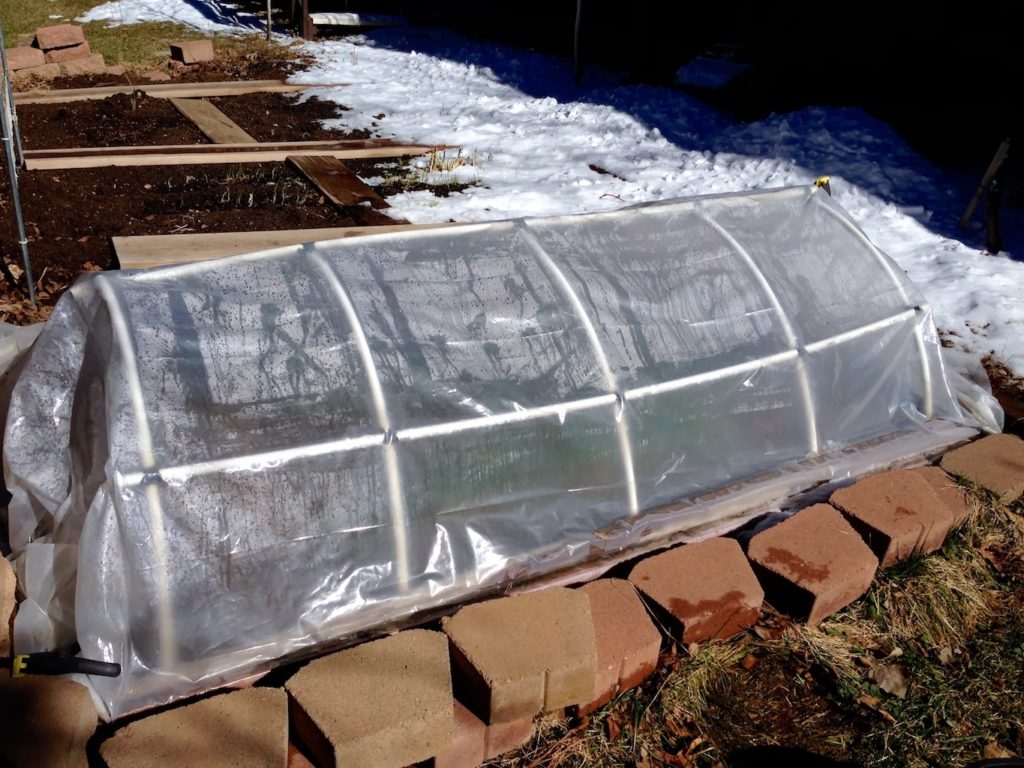 |
| Cheap, low tech and going into it’s 6th season, I love my little hoop house (3-12-14) |
My cover is a simple sheet of plastic with an 8-foot 2×2 rolled into the ends and stapled into the plastic sheet, holding the cover in place when it’s windy and making it easy to lift. Then I just pin the ends of the plastic together with clamps or weigh them down with wood or rocks to seal out the cold.
 |
| By this late in the season the plastic cover is long gone and I start thinking about taking off the shade cover. I don’t have much space so I do ‘Square Foot Gardening’ in the remainder of my garden. |
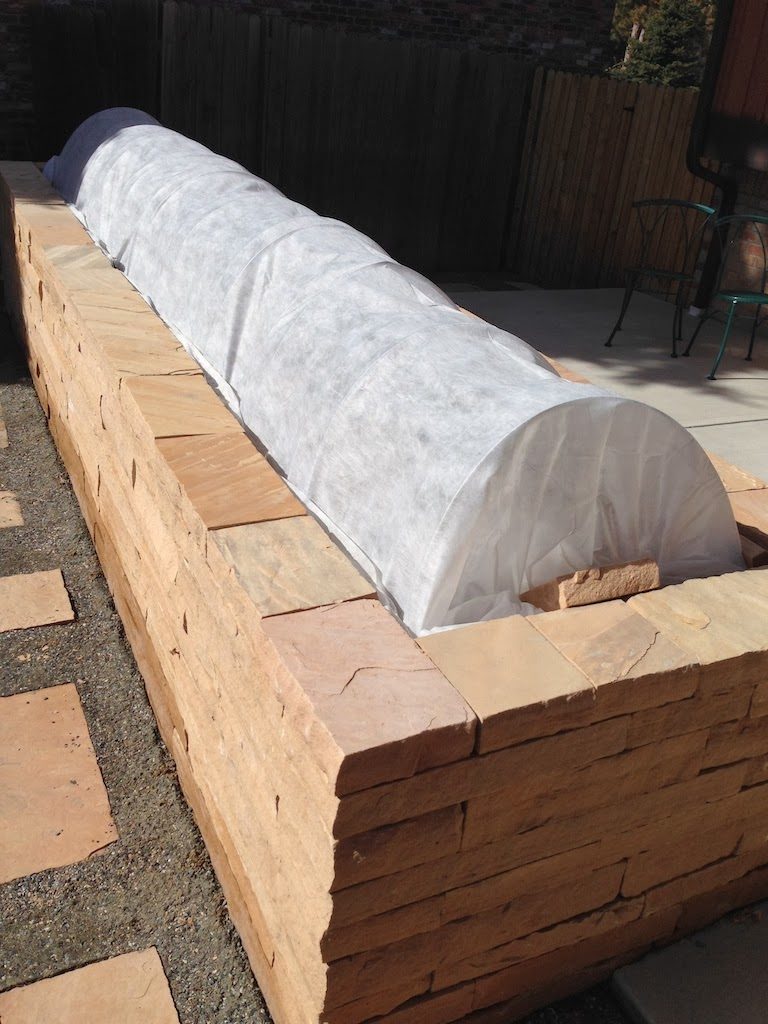 |
| A second hoop over a new raised planter. |
I like mine so much I set up a second hoop house in a new planter in the front yard. For this one I purchased some pre-made hoops that just stuck into the ground and a ‘garden quilt’ I bought at a local nursery. It’s working well and it kept my root crops alive all winter.
There are endless possibilities in homemade hoop houses (and cold frames, high or low tunnels, etc.) and you can get a lot of ideas with a couple quick internet searches – and of course you can also buy kits. So if you’ve got the gardening itch, go ahead and scratch it with a hoop house of your own!
Comments are closed.


